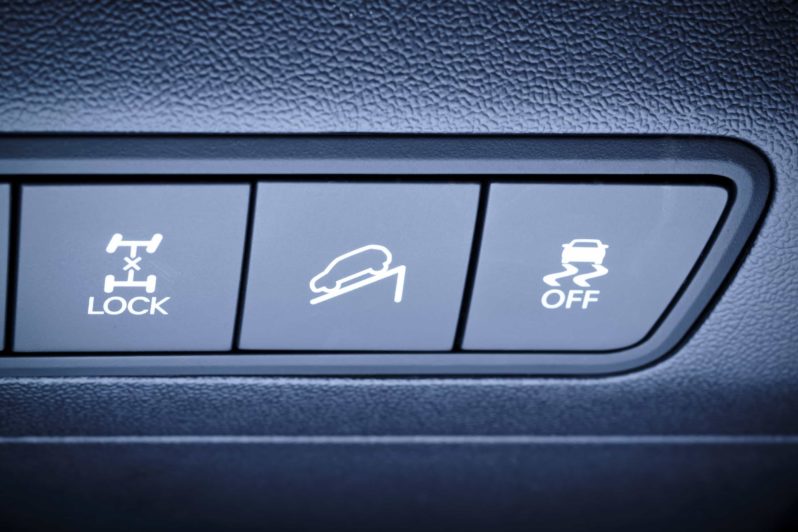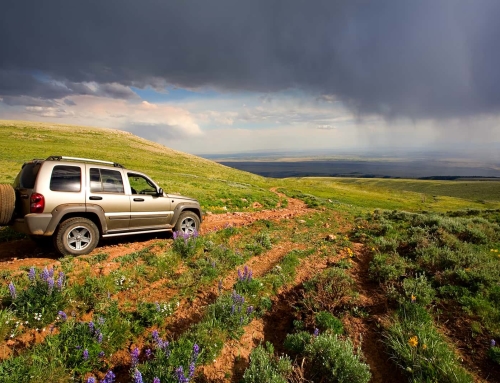The terms four-wheel drive (4WD) and all-wheel drive (AWD) are often confused for describing the same system. In fact, the two terms are not interchangeable. Despite the fact the advantages for wanting either a 4WD or an AWD vehicle can at first appear to be quite similar, these refer to two different systems that produce very different results.
4WD cars were initially created with the aim of allowing drivers to not be afflicted by rough, off-road terrain. These vehicles are well regarded for their versatile nature and capability to tackle the harshest conditions. This functionality occurs by the fact that power is distributed evenly to all four wheels, so that maximum rotation occurs in each tyre. With the greater amount of power in each wheel, there is then a greater ability to accelerate and a higher level of traction allowing the 4WD to overcome the obstacles found driving on off-road terrain.
In order to help with fuel efficiency, in modern vehicles the 4WD system must be switched on to be activated. In normal conditions the vehicle will react in the exact same way as a 2WD – but the driver can feel comforted in the fact they have the option to turn on the 4WD function if it is needed during snowfall or slippery roads. When the road surface is not slippery or difficult for the vehicle, 2WD features are also preferred for drivers in a 4WD as when turning a corner less power is needed on the inside wheels as they need to cover less ground than the outside wheels. As a 4WD system gives the same amount of power to all four wheels, the 2WD system is more useful for the driveability in this circumstance.
The main difference between the 4WD and AWD is that an AWD system is built with a mechanism that will allow different amounts of power to be sent to all four wheels. In an AWD car the system is activated at all times. This means it requires this difference in delivering the power to the wheels so that it can react to the different circumstances of the terrain you are driving on.
AWD is a comparatively recent innovation with a more complicated system than the 4WD. The most modern vehicles have sensors on each wheel that detect the level of grip each tyre has on the road surface, and will split the power sent to each tyre based on these readings.
As mentioned earlier, the AWD system is always engaged. A disadvantage of this compared to 4WD is that not being able to switch off the system means the vehicle is less fuel efficient. However, instead the driver is left with increased grip and control in all conditions. The system responds instantly to your surroundings which provides a distinct safety advantage if the driver encounters an unexpected patch of slippery road.
Most AWD systems usually deliver the power primarily to either the front or rear wheels. Through the use of its detection mechanism, if a loss of grip is noticed at one of the axles the power is sent to the other set of wheels in order to gain more traction there. The AWD system is perfect for instances where road conditions rapidly change because the results are instantaneous and do not need to be activated beforehand in order to be effective.
To summarise, 4WD vehicles are built with the purpose to serve off-road driving. These remain the best option for tackling difficult terrain and this system does not need to be engaged for everyday driving. On the other hand AWD vehicles are more approachable for those who stick to driving on-road. The handling of an AWD is much easier as it adapts to its surroundings and due to the fact it does not have to be switched on to work, this can be a useful option for unexpected difficult weather conditions that we may face in the UK such as snow.
The two terms describe two distinct systems – if you see both being used interchangeably about one vehicle, make sure to ask for more information.






